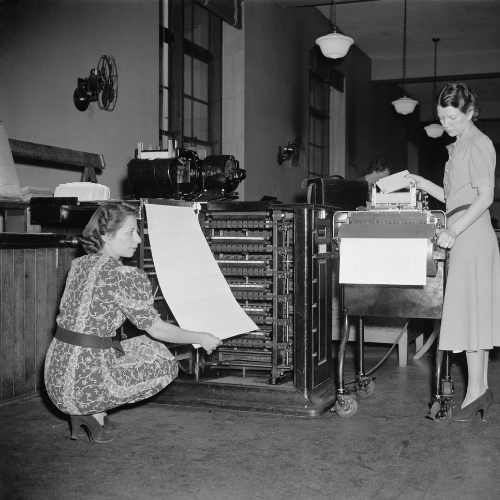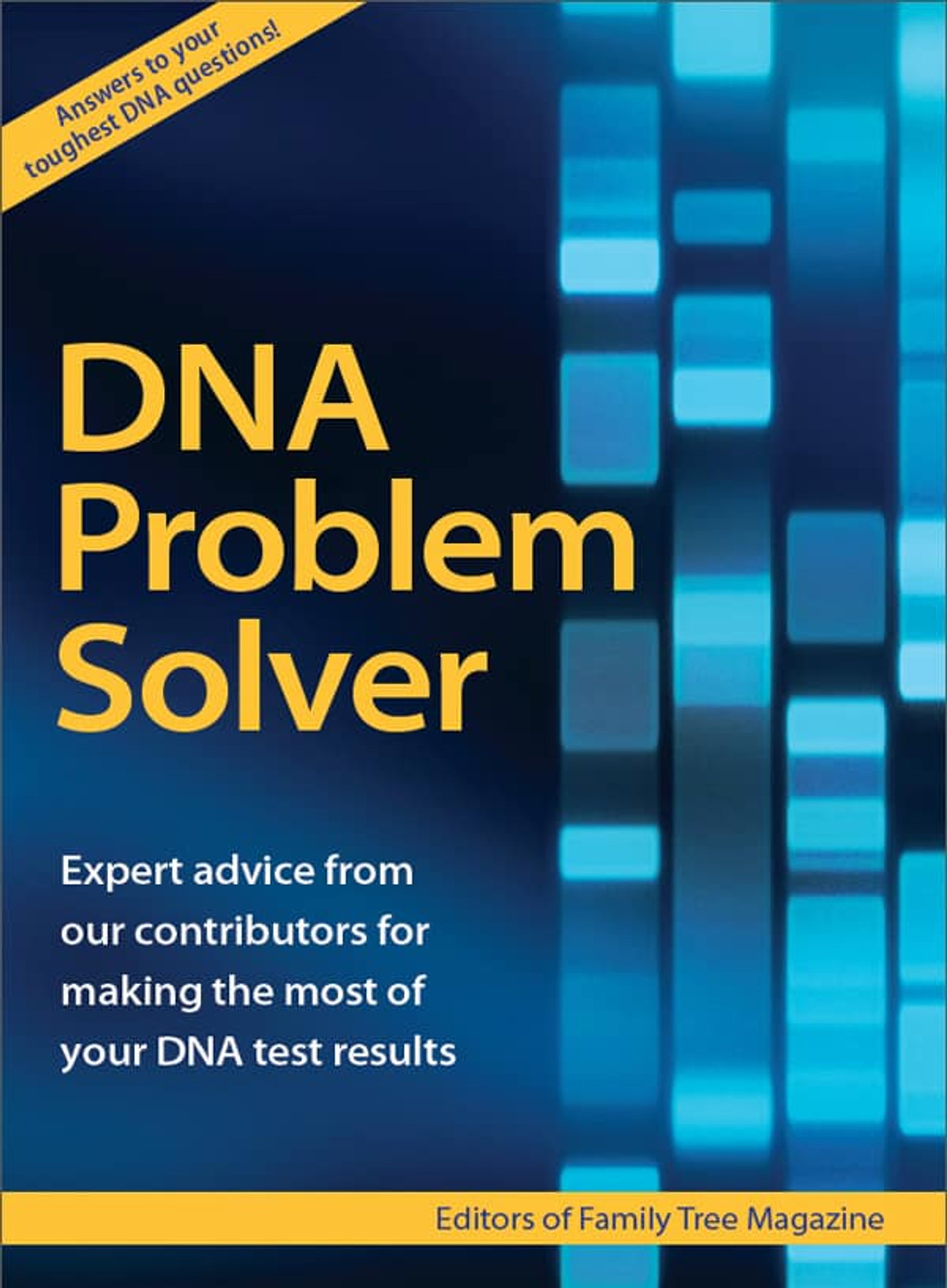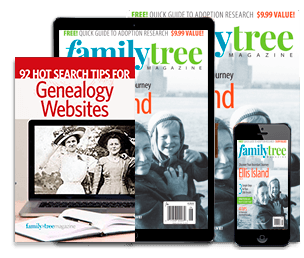| Classic Genealogy Best Practices |
| In the more than two decades since we launched Family Tree Magazine, genealogy has changed in new and powerful ways: an avalanche of digitized records, new subscription sites, the popularization of DNA technology and more. What hasn’t changed, however, are the fundamental best practices for building and researching your family tree. It is still best practice to start with yourself and what you know and methodically work backwards in time, resisting the temptation to skip steps. Original records—even if they’re now accessed online—are still best, while others’ pedigree files should be viewed with caution. When you hit a “brick wall,” your ancestors’ “cluster” of relatives and neighbors can chip away at it. By the same token, the most common research mistakes haven't changed much, either! It's just as important to know the classic genealogy errors as it is the classic genealogy best practices. Incorrect transcriptions and typos—or simply latching onto the wrong ancestor—can frustrate even the most careful researcher. One final truth that we've uncovered over the years is that best practices apply regardless of skill level. You might be surprised at how often the “pros” emphasize simple organization tips to keep your family history on track. Uncovering your ancestors is more a matter of method than magic, as much perseverance as professional know-how. Checklists, research logs and clear goals are the “secrets” of successful genealogists. These can be your “secrets” to unpuzzling your ancestry, too. The more things have changed over the past 20-plus years, the more these principles have stayed the same. |



















